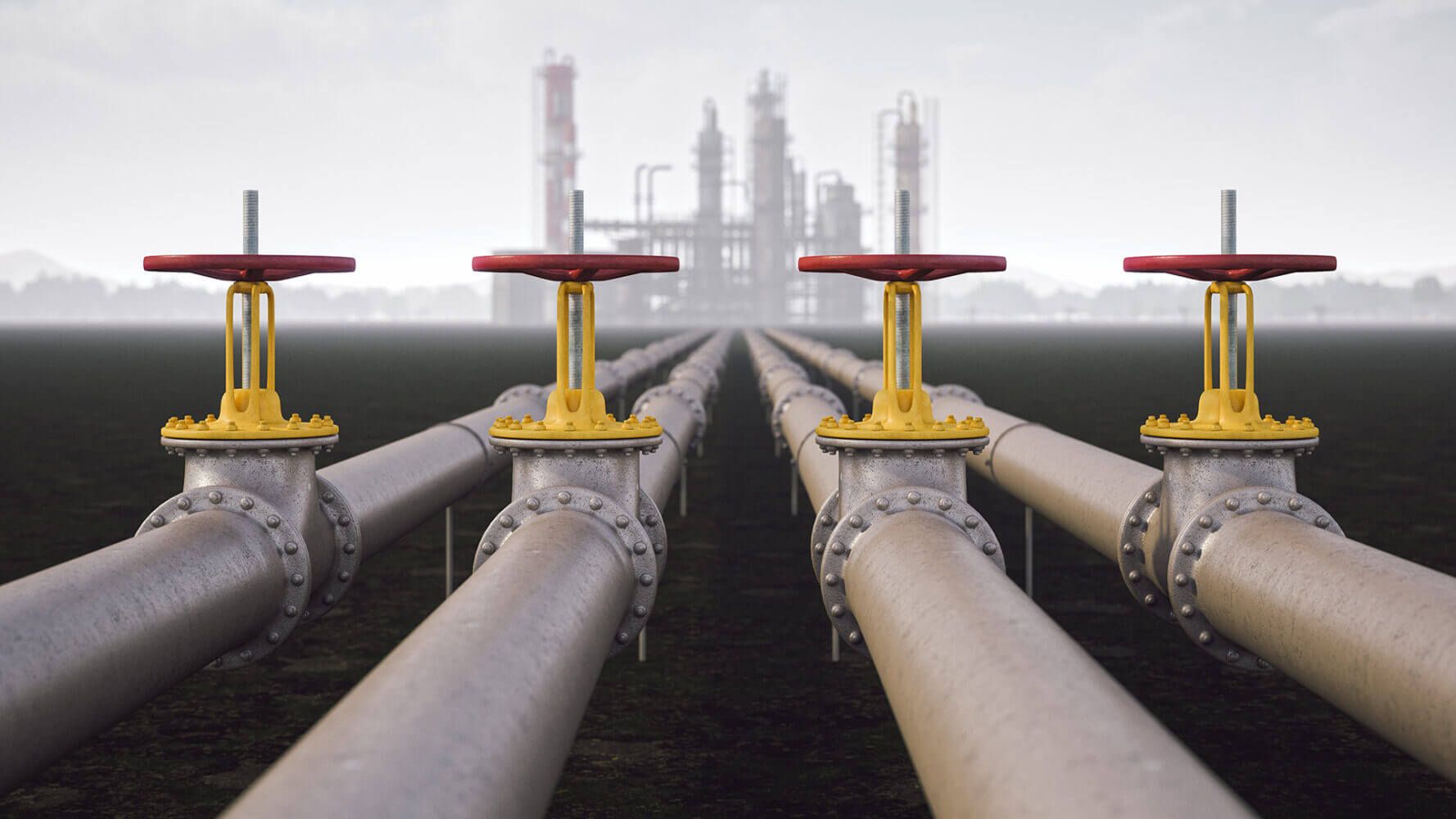
As the European Union rethinks its energy supplies, we believe the shift away from Russian gas may create significant growth opportunities for investors.
Over the past six months, global energy markets have been disrupted by both the direct and indirect impacts of the Russian invasion of Ukraine. After the war began, the European Union quickly found itself staring down an unprecedented dilemma — how to cut its heavy dependence on Russian energy while keeping the lights and heat on for its citizens and economy. Under this pressure, the EU rapidly put together a plan to reinvent its energy infrastructure, and in May 2022 the European Commission (EC) unveiled a series of proposals to reduce demand and diversify the bloc’s gas supply while simultaneously transitioning to more renewable energy sources. The plan, dubbed “REPower EU,” outlines the EU’s path forward to achieving energy independence from Russian fossil fuels by 2027.
Here we provide our thoughts on how the REPower EU plan should materialize over the shorter and longer term, and how we foresee it impacting the energy supply and demand ecosystem in Europe. Moreover, we believe this energy transformation is poised to produce beneficiaries that may become attractive investment opportunities.
Charting the Path Forward and Uncovering Opportunities Along the Way
Achieving the goal of reducing reliance on Russian energy will require a combination of shorter- and longer-term objectives around both the demand and supply sides of the equation. In the short term, the plan includes the immediate goal of reducing the EU’s demand for Russian gas by about two-thirds, or 100 billion cubic meters, by the end of 2022. This shortfall could be predominantly offset by reducing outright consumption through better energy-efficiency strategies, increasing and diversifying suppliers for conventional fossil fuel imports, and transitioning to renewable energy sources or possibly even through rationing. Below we examine the EU’s supply- and demand-side goals.
Supply-Side Measures
As seen below, in the near term the EU plans to increase its supply of liquefied natural gas (LNG), and other pipeline flows from non-Russian suppliers, such as Norway and Algeria. The EU is expected to import about an additional 50 billion cubic meters of LNG each year, primarily from the United States, Qatar, and elsewhere in the Middle East. This is expected to result in a 10% increase in global LNG demand. We believe that, as LNG prices rise due to this surge in demand, LNG project developers and owners of LNG production assets will become major beneficiaries and compelling investment opportunities.
Over the longer term, the focus will be on accelerating the transition to renewable energy sources, such as by increasing the production of biomethane and renewable hydrogen. In addition, as part of the REPower EU initiative, there has been a significant push to increase the EU’s solar-generation capacity, with the goal of doubling it by 2025. Policies are now being put in place to require solar installations in new public buildings from 2026 and in new residential buildings from 2029.
It’s worth noting that the solar supply chain is long and involves an intricate line of suppliers and manufacturers of various components, and that China has dominated every stage of it. China has become an important global player in solar manufacturing and stands to become a prominent beneficiary of the REPower EU plan.
Source: European Commission and Deutsche Bank
Demand-Side Reductions
The most substantial gas consumption arises from heating residential buildings and energy use during the industrial production process. One of the biggest pushes within the REPower EU plan entails electrifying the heating process in buildings through the use of heat pumps, which use air and electricity, instead of using gas to both heat and cool buildings. Expanding the usage of heat pumps in buildings will be critical to reducing demand for Russian gas. The EU has ambitious plans to that end: It intends to require the installation of 20 million heat pumps in the EU by 2026, and nearly 60 million by 2030.
Beyond heat pumps, there are other ways to reduce demand for natural gas. One is through increased adoption of wind- and solar-energy alternatives, and another is by embracing more energy-efficient approaches, such as increased automation and digitization of new and existing buildings. For example, buildings can often reduce 30% to 50% of their energy usage by setting up central-control and automated heating and cooling systems. We, therefore, expect both heat-pump manufacturers and electrical companies to benefit from the REPower EU demand-side reduction goals, as they are positioned to play a pivotal role here.
Lastly, natural gas is heavily used during the production of certain industrial chemicals. As energy prices continue rising due to supply shocks, chemical manufacturers have grown more motivated to shift toward electrification instead of gas usage. Their return on investment for this transition is also becoming more attractive because of a significantly shortened time horizon for recouping associated costs due to skyrocketing energy prices. Given the changes in this sector, we see opportunities in certain high-quality industrial businesses that are part of this energy-efficient transformation.
In summary, the EU’s REPower plan calls for a rapid increase in LNG imports, replacement of imported pipeline Russian gas, use of untapped biomethane and renewable hydrogen, and expanded use of wind and solar energy. All of this will require a variety of industry participants to make significant changes and improvements to their status quo. We believe this monumental shift represents a significant growth opportunity for investors who diligently seek out companies that can successfully capitalize on and navigate Europe’s energy transformation.
Discover more about:
More Insights

Thornburg Income Builder Opportunities Trust Announces Distribution

Ferrari’s Electric Future and the Evolution of Luxury Investing

FOMC Update: Fed Approves Third Consecutive Rate Cut, Projects Slower Pace

Luxury Brands Navigate China Slowdown and Tariff Pressures

Thornburg Investment Income Builder Fund – 4th Quarter Update 2025


